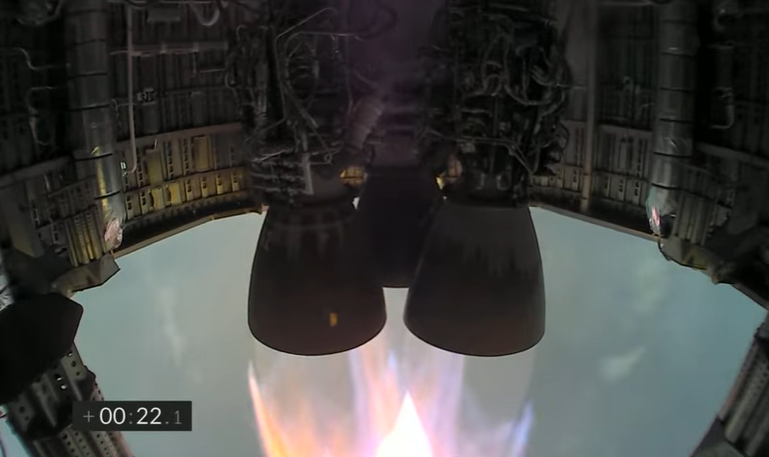
The latest SpaceX prototype of its Starship rocket was destroyed during a landing attempt after the prototype had a clean launch on Mar. 22.
SpaceX's livestream of the flight test froze as soon as the rocket came in to land, and the thick fog around SpaceX's facility in Texas made it difficult for people to see what actually happened.
SpaceX Starship SN11 destroyed
The Starship prototype Serial Number 11, or SN11, had reached its target altitude of around 10 kilometers, or around 32,800 feet. The rocket is made out of stainless steel, representing the early versions of the rocket that was revealed in 2019.
According to CNBC, SpaceX is currently developing Starship with the goal of launching cargo and people on missions to the moon and even to Mars.
Also Read : Elon Musk's SpaceX Lifting Gigantic, Heavyweight Starship 'SuperHeavy' In This Timelapse
The Starship prototypes stand at 150 feet tall, or around the size of a 15-story building, and each one is powered by at least three Raptor rocket engines.
Elon Musk posted on his Twitter account half an hour after the test that "at least the crater is in the right place."
Musk added that something significant happened shorty after landing burn start. He said they would know what it was once they examine the bits of the prototype.
SpaceX principal integration engineer John Insprucker noted that the thick fog in the area had prevented SpaceX from showing the camera viewers beyond those that were on the rocket.
Insprucker stated that the frozen view that was seen in the camera does not mean that they were waiting for the signal to come back. He said that Starship 11 is not coming back and told people not to wait for the landing.
The SpaceX engineer further said that they do appear to have lost all of the data from the vehicle and the team, of course, is away from the landing pad, so they will have to investigate and see what they are able to save.
SpaceX has successfully launched 4 Starship prototypes on high-altitude flight tests, starting with SN8 in December 2020, the SN9 in February, and SN10 and SN11 this month.
However, while the launches have largely gone according to plan, the landing attempts have each ended in different explosions.
SpaceX's next prototype
SpaceX is the only massive rocket builder that is currently attempting to land its vehicles after a launch. Traditionally, massive rocket boosters are discarded after launching.
Elon Musk's goal is for Starship to be fully reusable, envisioning a rocket that is similar to a commercial aircraft and capable of launching with minor maintenance and fuel between flights.
While SpaceX has only landed prototype SN10 successfully after a high-altitude flight test, even though the rocket exploded a few minutes later, the company has landed previous prototypes after short flights to about 500 feet in altitude.
According to Elon Musk, SpaceX's next prototype, Starship SN15, will roll out to the launchpad in a couple of days, as reported by CNN.
Starship is one of the two Manhattan Projects that SpaceX is developing. The other project is Starlink satellite internet program.
Elon Musk has previously estimated that it will cost around $5 billion to fully develop Starship, even though SpaceX has not disclosed how much it has spent on the program to date.
Last month, Elon Musk brought in $850 million in its latest capital fundraise at a $74 billion valuation.
Related Article: SpaceX's Starlink to Launch Satellite Internet Service in the Philippines, a Country With One of the World's Worst Internet Connections
This article is owned by Tech Times
Written by Sieeka Khan




